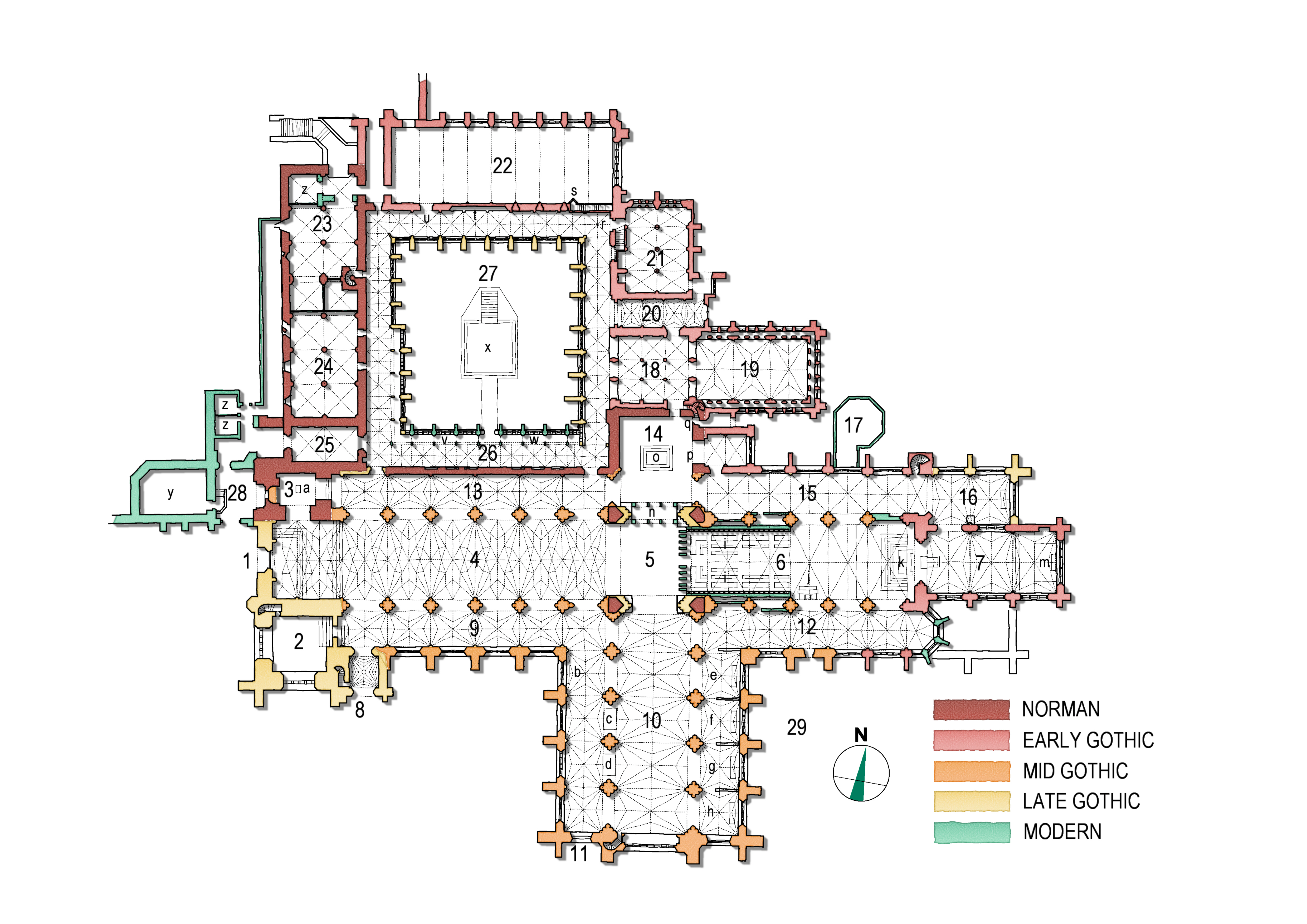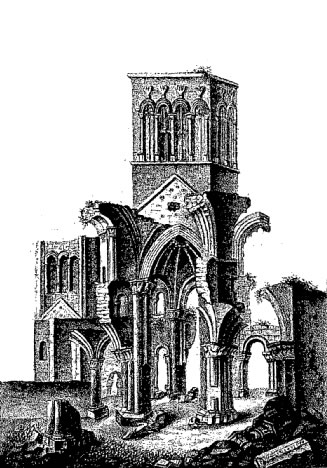|
Richard I De Vernon Of Shipbrook ...
Richard I de Vernon, Lord of Shipbrook, was an 11th-century noble. He held lands within Cheshire and Norfolk in England as lord and tenant in chief. Richard was succeeded by his son William. Biography Richard’s younger brother Walter died without issue and he inherited some of Walter’s lands. He gave the tithes of Aston and Picton to the Abbey of St. Werburgh at Cheshire in 1093. He was created baron of Shipbrook by Hugh d'Avranches, Earl of Chester. Richard is sometimes confused with his contemporary Richard de Redvers, who was also known as Richard de Vernon and held Mosterton in Dorset in 1086. Notes References Bibliography * * {{DEFAULTSORT:Vernon, Richard I de 11th-century English nobility Richard I Richard I (8 September 1157 – 6 April 1199), known as Richard the Lionheart or Richard Cœur de Lion () because of his reputation as a great military leader and warrior, was King of England from 1189 until his death in 1199. He also ru ... [...More Info...] [...Related Items...] OR: [Wikipedia] [Google] [Baidu] |
Vernon Family
The Vernon family was a wealthy, prolific and widespread English family with 11th-century origins in Vernon, Normandy, France. Their extant titles include Baron Vernon and Vernon baronets of Shotwick Park. Vernon of Shipbrook, Cheshire William de Vernon arrived in England at the time of the Norman Conquest and was granted lands in the County Palatine of Chester under the patronage of Hugh d'Avranches, 1st Earl of Chester. His son Richard was created a baron and was seated at Shipbrook Castle, near Northwich, Cheshire. Warine Vernon, elder son of the 4th Baron, had no male heir and his extensive estate was divided between his daughters and his brother Ralph, Rector of Hanwell. Ralph's son, also Ralph b 1241, was reputed to have lived so long he earned the soubriquet "The Old Liver". His heir was Sir Richard, son of his second marriage to Matilda Grosvenor of Kinderton, Cheshire. The Shipbrook Barony expired when his grandson Sir Richard, was captured after the Battle of Shrew ... [...More Info...] [...Related Items...] OR: [Wikipedia] [Google] [Baidu] |
Cheshire
Cheshire ( ) is a Ceremonial counties of England, ceremonial county in North West England. It is bordered by Merseyside to the north-west, Greater Manchester to the north-east, Derbyshire to the east, Staffordshire to the south-east, and Shropshire to the south; to the west it is bordered by the Welsh counties of Flintshire and Wrexham County Borough, Wrexham, and has a short coastline on the Dee Estuary. The largest settlement is Warrington. The county has an area of and had a population of 1,095,500 at the 2021 United Kingdom census, 2021 census. The areas around the River Mersey in the north of the county are the most densely populated, with Warrington, Runcorn, Widnes, and Ellesmere Port located on the river. The city of Chester lies in the west of the county, Crewe in the south, and Macclesfield in the east. For Local government in England, local government purposes Cheshire comprises four Unitary authorities of England, unitary authority areas: Cheshire East, Cheshire We ... [...More Info...] [...Related Items...] OR: [Wikipedia] [Google] [Baidu] |
Norfolk
Norfolk ( ) is a Ceremonial counties of England, ceremonial county in England, located in East Anglia and officially part of the East of England region. It borders Lincolnshire and The Wash to the north-west, the North Sea to the north and east, Cambridgeshire to the west, and Suffolk to the south. The largest settlement is the city of Norwich. The county has an area of and a population of 859,400. It is largely rural with few large towns: after Norwich (147,895), the largest settlements are King's Lynn (42,800) in the north-west, Great Yarmouth (38,693) in the east, and Thetford (24,340) in the south. For local government purposes Norfolk is a non-metropolitan county with seven districts. The centre of Norfolk is gently undulating lowland. To the east are the Broads, a network of rivers and lakes which extend into Suffolk and which are protected by the Broads Authority, which give them a similar status to a National parks of England and Wales, national park. To the west the ... [...More Info...] [...Related Items...] OR: [Wikipedia] [Google] [Baidu] |
Tithes
A tithe (; from Old English: ''teogoþa'' "tenth") is a one-tenth part of something, paid as a contribution to a religious organization or compulsory tax to government. Modern tithes are normally voluntary and paid in cash, cheques or via online giving, whereas historically tithes were required and paid in kind, such as agricultural produce. Church tax linked to the tax system are used in many countries to support their national church. Donations to the church beyond what is owed in the tithe, or by those attending a congregation who are not members or adherents, are known as offerings, and often are designated for specific purposes such as a building program, debt retirement, or mission work. Many Christian denominations hold Jesus taught that tithing must be done in conjunction with a deep concern for "justice, mercy and faithfulness" (cf. Matthew 23:23). Tithing was taught at early Christian church councils, including the Council of Tours in 567, as well as the Third ... [...More Info...] [...Related Items...] OR: [Wikipedia] [Google] [Baidu] |
Picton, Cheshire
Picton is a hamlet in the civil parish of Mickle Trafford and District, in Cheshire West and Chester, Cheshire, England. It lies north-east of Chester. Picton was formerly a separate civil parish until 2015. Toponymy The name derives partly from a personal noun, with ''Pica's-tūn'', meaning Pica's settlement or farmstead. History Evidence of a Roman practice fort was found in 1995 through aerial photography. Picton Hall and Picton Hall Farmhouse are designated by English Heritage as a Grade II listed building. Governance There are two tiers of local government covering Picton, at parish and unitary authority level: Mickle Trafford and District Parish Council, and Cheshire West and Chester Council. The parish council generally meets at the village hall in Mickle Trafford. Administrative history Picton was historically a township in the ancient parish of Plemstall, which formed part of the Broxton Hundred of Cheshire. From the 17th century onwards, parishes were grad ... [...More Info...] [...Related Items...] OR: [Wikipedia] [Google] [Baidu] |
Chester Cathedral
Chester Cathedral is a Church of England cathedral and the mother church of the Diocese of Chester. It is located in the city of Chester, Cheshire, England. The cathedral, formerly the abbey church of a Benedictine monastery dedicated to Saint Werburgh, is dedicated to Christ and the Blessed Virgin Mary. Since 1541, it has been the seat of the bishop of Chester. The cathedral is a Grade I listed building, and part of a heritage site that also includes the former monastic buildings to the north, which are also listed Grade I. The cathedral's construction dates from between the 10th century and the early 16th century, having been modified a number of times throughout history, a typical characteristic of English cathedrals; however, the site itself may have been used for Christian worship since Roman times. All the major styles of English medieval architecture, from Norman to Perpendicular, are represented in the present building. The cathedral and former mo ... [...More Info...] [...Related Items...] OR: [Wikipedia] [Google] [Baidu] |
Hugh D'Avranches, Earl Of Chester
Hugh d'Avranches ( 1047 – 27 July 1101), nicknamed ''le Gros'' (the Large) or ''Lupus'' (the Wolf), was from 1071 the second Norman Earl of Chester and one of the great magnates of early Norman England. Early life and career Hugh d'Avranches was born around 1047 as the son of Richard le Goz, Viscount of Avranches. His mother was traditionally said to have been Emma de Conteville, half-sister of William the Conqueror, but Lewis (2014) states that the identification was made "on the basis of unsatisfactory evidence" and that his mother is unknown. Keats-Rohan (1999), while accepting the poor quality of the evidence for the traditional account, has nonetheless argued in favour of some relationship existing between Hugh and William. Earl of Chester In 1071, Gerbod the Fleming, 1st Earl of Chester was taken prisoner at the Battle of Cassel in France and held in captivity. Taking advantage of the circumstances, the king declared his title vacant. Cheshire, with its strateg ... [...More Info...] [...Related Items...] OR: [Wikipedia] [Google] [Baidu] |
Richard De Redvers
Richard de Vernon seigneur de Redvers (or Reviers, Rivers, or Latinised to ''de Ripariis'' ("from the river-banks")) ( 1066 – 8 September 1107), 1st feudal baron of Plympton in Devon, was His origins are obscure, but after acting as one of the principal supporters of Henry I in his struggle against his brother Robert Curthose for control of the English throne, de Redvers was rewarded with estates that made him one of the richest magnates in the country. He was once thought to have been created the first Earl of Devon, but this theory is now discounted in favour of his son Baldwin. Life to 1100 Little is known for certain of the Redvers family before Richard. In his ''Baronage of England'' (1675–6), William Dugdale wrongly identified Richard de Redvers with Richard the son of Baldwin FitzGilbert (also known as Baldwin de Meules) who was sheriff of Devon under William the Conqueror. This error was still being repeated in the late 19th century. In around 1890 ''The ... [...More Info...] [...Related Items...] OR: [Wikipedia] [Google] [Baidu] |
11th-century English Nobility
The 11th century is the period from 1001 (represented by the Roman numerals MI) through 1100 (MC) in accordance with the Julian calendar, and the 1st century of the 2nd millennium. In the history of Europe, this period is considered the early part of the High Middle Ages. There was, after a brief ascendancy, a sudden decline of Byzantine power and a rise of Norman domination over much of Europe, along with the prominent role in Europe of notably influential popes. Christendom experienced a formal schism in this century which had been developing over previous centuries between the Latin West and Byzantine East, causing a split in its two largest denominations to this day: Roman Catholicism and Eastern Orthodoxy. In Song dynasty China and the classical Islamic world, this century marked the high point for both classical Chinese civilization, science and technology, and classical Islamic science, philosophy, technology and literature. Rival political factions at the Song dynast ... [...More Info...] [...Related Items...] OR: [Wikipedia] [Google] [Baidu] |



